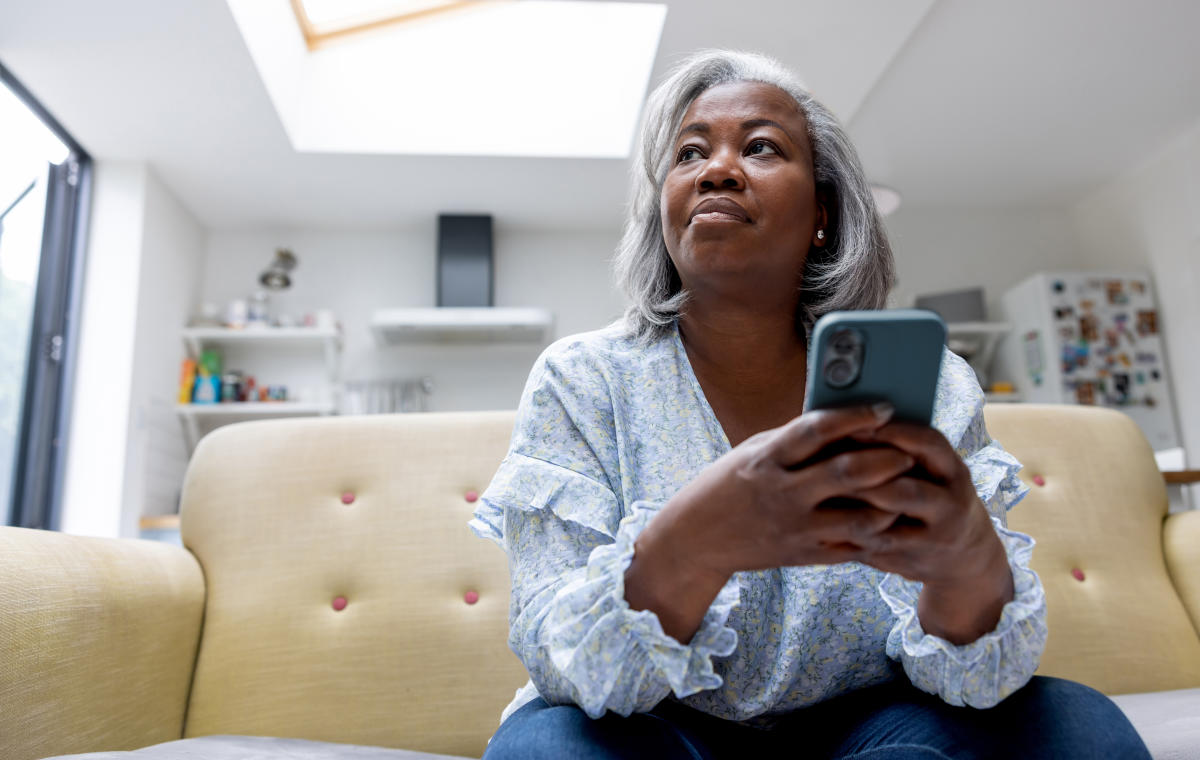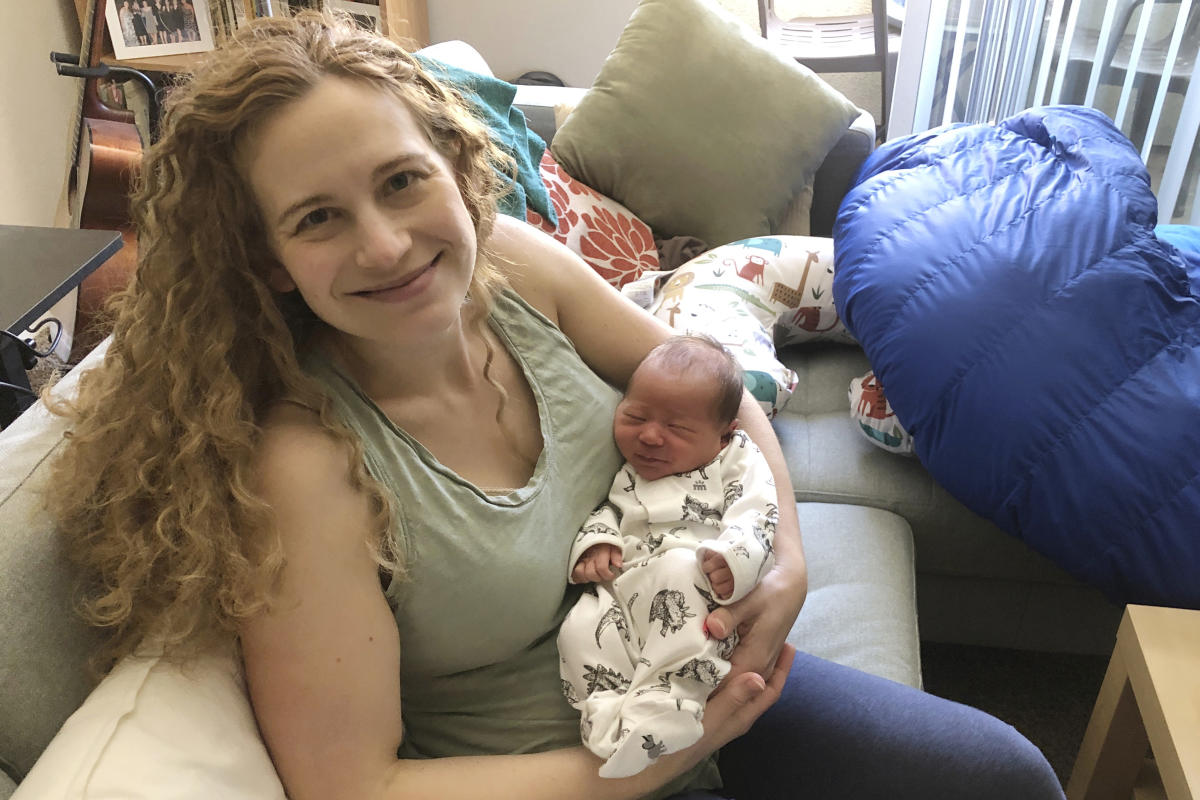MURRAY — K.C. Seeley and his wife, Danni Seeley, were getting ready to go to the gym one morning when he started feeling off.
“When I bent over to pick up my shoes, I felt really super lightheaded and I thought, ‘Man, I better sit down for a minute,'” K.C. Seeley said.
Danni Seeley noticed her husband’s arm was shaking. He thought he was just tired and “slept on it wrong.” But Danni Seeley was adamant. “I said, ‘Yeah, we need to go to the hospital. Something’s not right.'”
She said a stroke hadn’t crossed her mind because her husband didn’t have the “typical” symptoms, like a droopy face, but she knew time was of the essence.
“All the way there, I was like, ‘Please don’t make us wait,'” she recalled.
When they arrived at Intermountain Medical Center in Murray, K.C. Seeley was struggling with his vision. Hospital staff quickly got them care — K.C. Seeley received a clot-busting medication called tissue plasminogen activator.
“Almost immediately after that first treatment, I got my motor functions back,” he said.
“We want to get this clot-busting medication into people’s veins as fast as possible after they’ve had a stroke,” Dr. Kathleen McKee, a neurologist at Intermountain Health, said. “Every minute or every second that goes by where brain cells aren’t getting oxygen, some of them are dying. And so five minutes can be the difference between hundreds of thousands of brain cells.”
McKee and other researchers have been implementing a systemwide stroke protocol focused on timely care. They’ve worked with Intermountain hospitals to tailor each protocol to the local environment and community. That could mean giving patients scans before they change into a hospital gown, saving valuable time.
The study found that several hospitals improved their response time by more than 20 minutes.
“Before, they might have sat in the waiting room for a little while, but now we have trained all of our check-in staff to know the signs of stroke, and if someone has anything that could even possibly be a stroke, the person checking them into the emergency room raises a red flag,” she said.
McKee said because strokes can occur in different parts of the brain, they can have a variety of symptoms.
Remember the acronym: “BE FAST.”
B: Are you having Balance problems?
E: Are you experiencing Eye issues like vision loss?
F: Does one side of your Face droop?
A: Is your Arm weak or numb?
S: Is your Speech slurred?
T: Time to act.
If you’re experiencing any of these symptoms, seek medical attention immediately.

“If you get to the emergency room right away as the stroke is happening, we can get that clot out of your brain and you can hopefully walk out of that emergency room just like you walked in,” McKee said.
The Seeleys are grateful for the quick response and encourage people to not ignore signs when something is wrong.
“If something isn’t normal with yourself, there’s a reason,” K.C. Seeley said.

Rachel Carter is a health and wellness expert dedicated to helping readers lead healthier lives. With a background in nutrition, she offers evidence-based advice on fitness, nutrition, and mental well-being.







